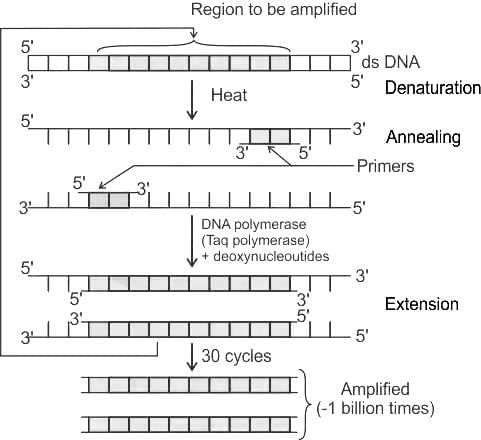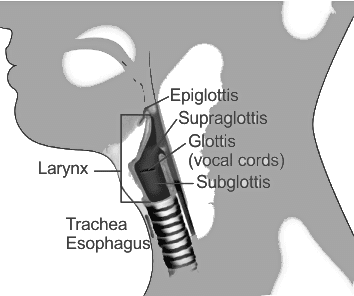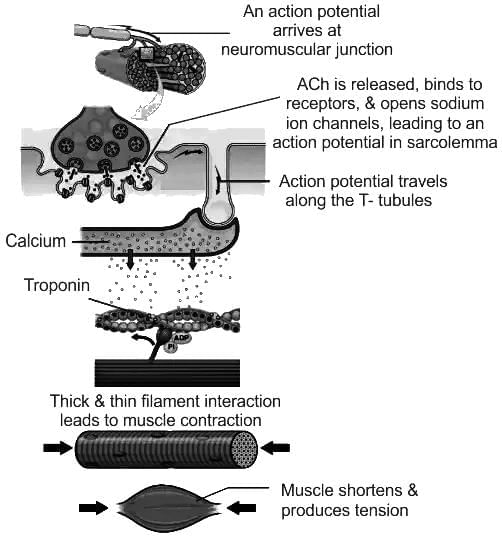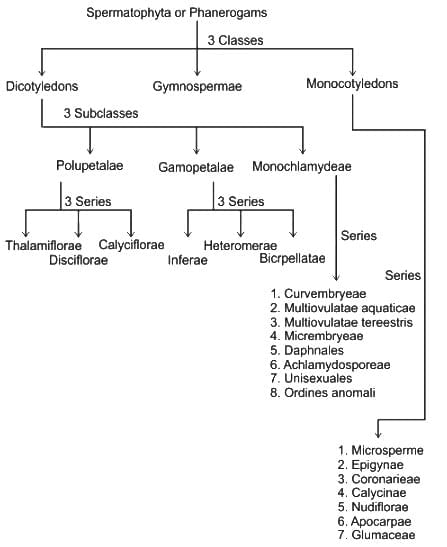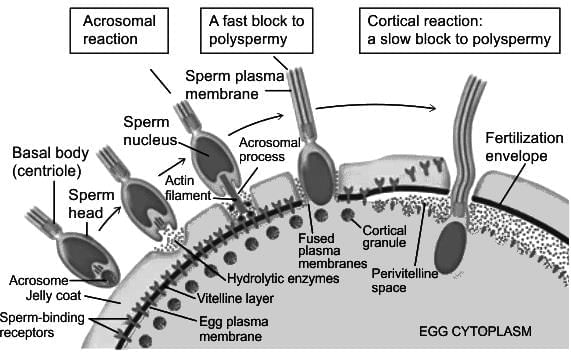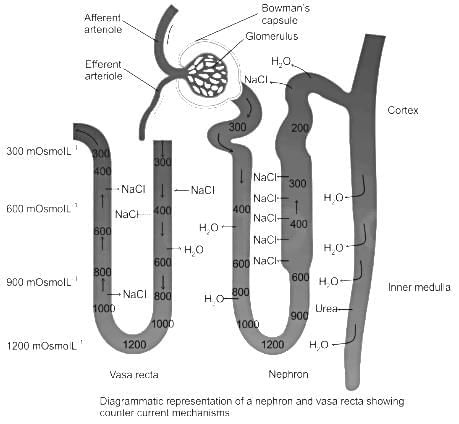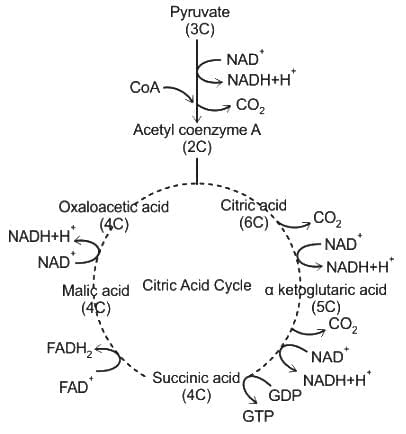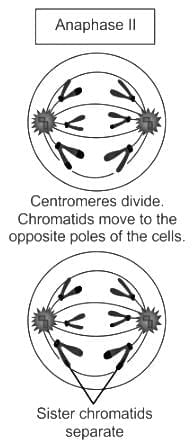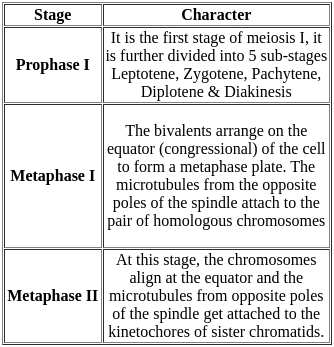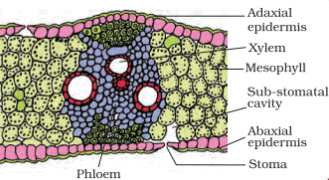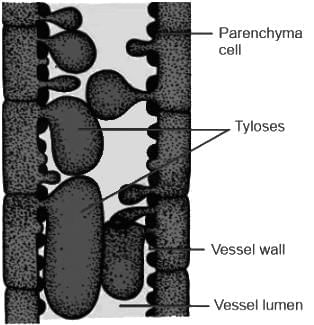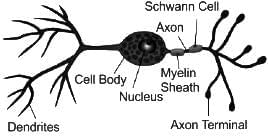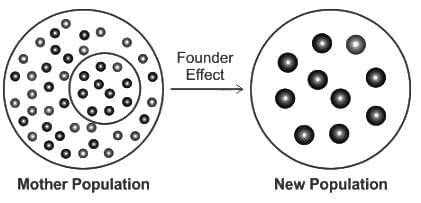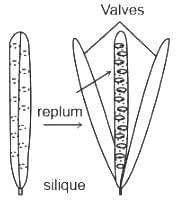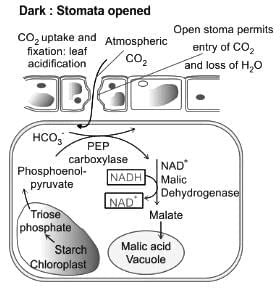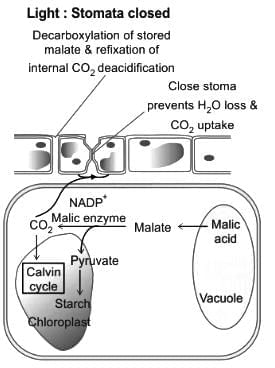MPTET Varg 1 Biology Mock Test - 3 - MPTET MCQ
30 Questions MCQ Test - MPTET Varg 1 Biology Mock Test - 3
Direction: Choose the word which is most nearly SIMILAR in meaning as the word printed in underline.
She suddenly felt old and weary.
She suddenly felt old and weary.
The following sentence has been divided into parts. One of them may contain an error. Select the part that contains the error from the given options. If you don’t find any error, mark ‘No error’ as your answer.
Every Saturday, / the workers gets / their weekly wages.
Respiratory Quotient of anaerobic respiration is:
Who among the following was awarded the Nobel Prize for the development of PCR technique?
Which of the following is responsible for the vibrations of the vocal cords during speech?
Which one of the following classifications best explains Bentham and Hooker's system ?
Acrosomal reaction of the sperm occurs due to:
About 80% of the glomerular filtrate is reabsorbed in the
In which stage does centromere divide into two?
Grass leaves curl inwards during very dry weather. Select the most appropriate reason from the following :
The term ‘Founder effect’, in population genetics, is used to indicate?




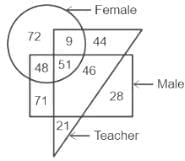
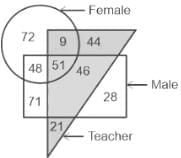
 6CO
6CO